
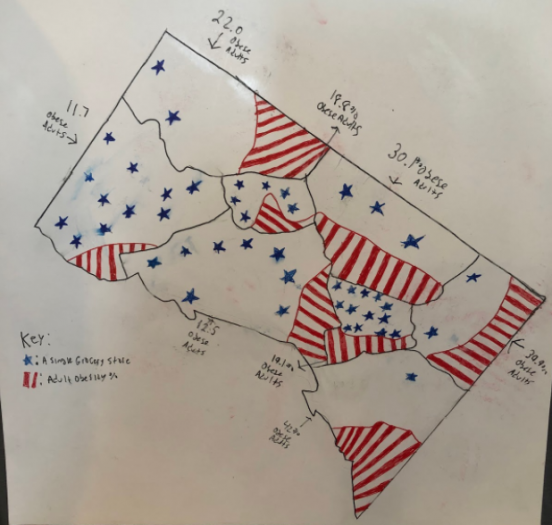
The first map depicts the percentage of African Americans living in each Ward of D.C. There are a total of 8 Wards that compose the District of Columbia. The second map shows the percentage of obese adults in each ward of D.C. The map shows the number of grocery stores in each ward. When there is a higher African American population there tends to be less grocery stores. This is why the percentage of obese adults are higher in areas where there are less grocery stores.
The place I chose for my unjust sustainabilities project is Ward 8 in Washington, D.C. The Ward 8 area consists of twelve neighborhoods. The neighborhoods are Anacostia, Barry Farm, Bellevue, Buena Vista, Congress Heights, Douglass, Fairlawn, Garfield Heights, Knox Hill, Shipley Terrace, and Washington Highlands. I lived in Washington D.C. for ten years of my life until my family moved to a suburb outside of D.C. The focal theme I chose is food access because my childhood in D.C consisted a lot of my family making trips to grocery stores together. Little did I know as a child that having groceries stores in a walkable distance is a luxury that many families don’t have. This focal theme is important to me because I lived in an affluent neighborhood in D.C called Glover Park. During my ten years living in D.C I visited Ward 8 less than five times. That area was deemed as dangerous and uncivilized, but as a kid I didn’t know that redlining, environmental bads, poverty, and underfunded education were the reasons behind the failures of those neighborhoods. That is why I chose to examine the disproportional differences of food access in Ward 8 and the neighborhoods comprising Ward 8.
https://docs.google.com/presentation/d/1XMNwgA_fsYRGYbEimWnGcw2E43i_6TQcD7-Cdm7F2J8/edit?usp=sharing

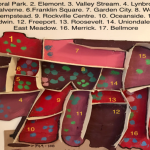
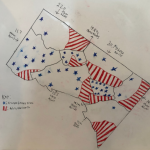
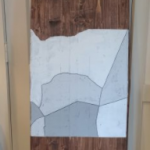
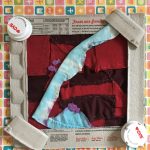
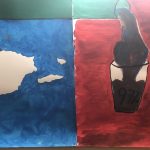
burkea
May 1, 2020 — 5:48 pm
I love your project and your comment about food as a luxury. I think that it can be pretty shocking to learn that something that you never thought much about and have always had is very difficult for others to come by. I felt the same as you as I began to learn about food insecurity– I was fortunate enough to grow up in a house where there was always something to eat, so I had never considered that there might be others who could not afford this basic necessity. It’s important to recognize the things that some take for granted while others struggle for.
My question for you is about the color scheme- I notice that it is particularly patriotic. Was this intentional? Is there a message that you are delivering through the stars and stripes?
meltmarr
May 1, 2020 — 5:51 pm
I wanted to make the colors patriotic to call out the U.S government. It’s kind of ironic because the capital of the land of the free can’t even adequately feed their own citizens. It worked out almost perfectly because there are 49 grocery stores in D.C and it made me think of using the American Flag. But basically I’m calling out how racist and unfair the U.S government treats its minority citizens especially African Americans.
FS
May 1, 2020 — 5:52 pm
The color scheme of your project makes it powerful and even more thought provoking.
parsonsa
May 1, 2020 — 5:59 pm
I think your personal connection to your project is saddening, but it’s good that you can tell your story. I really liked your color choice. It is a good way to represent that in the nation’s capital, a nation that was supposedly founded based on liberty and freedom, there are many people who don’t have the freedom to access food easily. It makes you think about how much people really have freedom, even in other areas of their life.